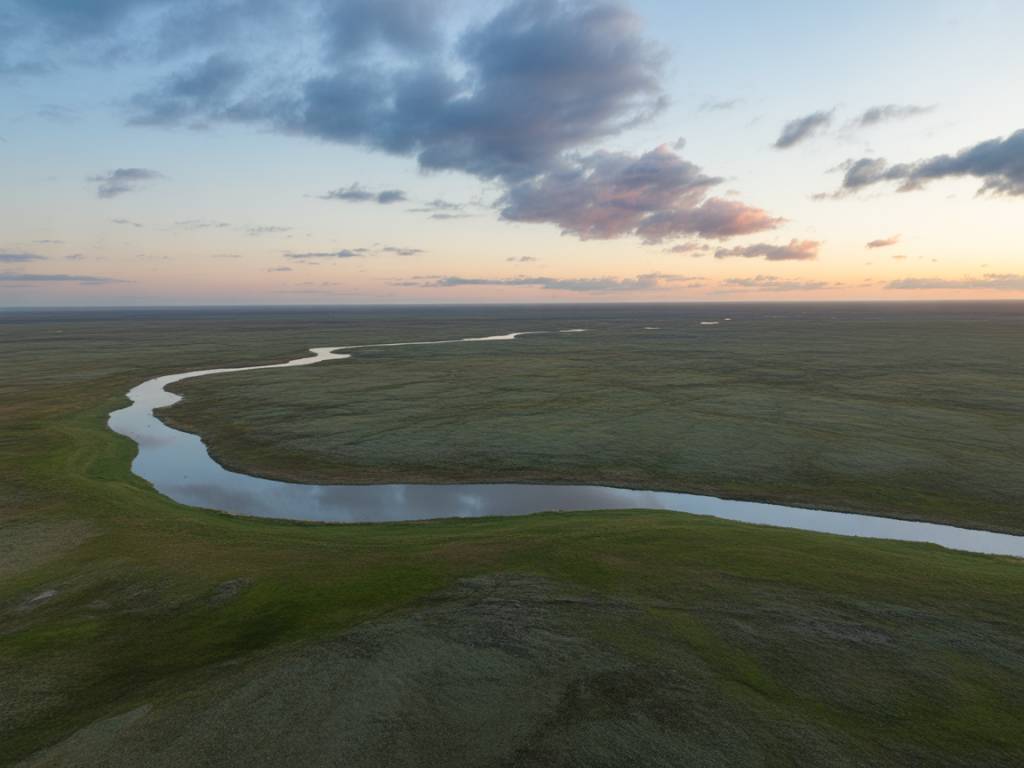The Growing Importance of AI in Biodiversity Conservation
Biodiversity loss is one of the most pressing environmental challenges of our time. Driven by habitat destruction, climate change, pollution, invasive species, and overexploitation, the rapid disappearance of species around the globe threatens the delicate balance of ecosystems. As human activity continues to accelerate environmental degradation, scientists and conservationists are turning to innovative technologies to address this crisis. One promising development is the use of artificial intelligence (AI) to predict and prevent biodiversity loss.
Artificial intelligence offers powerful tools for collecting, analyzing, and interpreting complex ecological data. By harnessing machine learning algorithms and big data analytics, researchers can identify patterns and trends that would be impossible to detect manually. These insights enable more effective monitoring of ecosystems, better prediction of species decline, and informed decision-making to mitigate environmental harm.
AI-Powered Biodiversity Monitoring
Monitoring biodiversity is a critical component of conservation, but it has traditionally been labor-intensive and limited in scale. AI is revolutionizing this aspect by enabling automated and large-scale analysis of environmental data. One of the most common applications is through the use of remote sensing technologies such as satellite imagery, drones, and camera traps equipped with AI algorithms.
These AI systems can identify animal species, track movements, and even assess health conditions based on visual data. For example, deep learning models can be trained to recognize specific species from millions of camera trap images, reducing human effort and increasing the accuracy of wildlife surveys. This type of species recognition is particularly valuable in detecting elusive or endangered animals that are difficult to monitor through traditional means.
Predictive Modeling to Anticipate Biodiversity Decline
Another essential use of artificial intelligence in conservation is predictive modeling. By analyzing historical and real-time environmental data, AI can forecast potential biodiversity loss scenarios. These predictive models incorporate various data sources, including land use changes, deforestation rates, temperature anomalies, and pollution levels.
Machine learning algorithms can identify correlations between environmental changes and species population trends. For example, they can predict which habitats are likely to become uninhabitable due to climate change or urban expansion. These predictions allow policymakers and conservationists to implement preventative measures, such as creating migratory corridors or establishing protected areas before critical thresholds are crossed.
AI also plays a crucial role in identifying high-risk regions, often referred to as « biodiversity hotspots, » where conservation efforts can have the greatest impact. By combining AI with Geographic Information System (GIS) mapping, organizations can visualize threats and opportunities with high spatial precision.
Enhancing Conservation Strategies Through AI Integration
Artificial intelligence doesn’t just provide insights; it actively helps guide conservation strategies. Conservation planning often involves balancing numerous variables, including ecological significance, socio-economic factors, and budget constraints. AI tools can optimize this complex decision-making process.
By simulating different conservation scenarios, AI can recommend resource allocation strategies that maximize impact. For instance, reinforcement learning—an AI technique that involves trial-and-error experimentation—can be used to test how different management practices affect biodiversity outcomes over time.
Moreover, AI is increasingly integrated into citizen science projects, empowering the public to contribute valuable data. Apps equipped with AI can identify plant and animal species from user-uploaded photos, transforming everyday people into biodiversity data collectors. These crowd-sourced datasets help fill critical knowledge gaps in regions with limited scientific presence.
Challenges and Ethical Considerations
Despite its potential, using artificial intelligence for biodiversity conservation is not without challenges. One significant issue is data bias. AI algorithms are only as good as the data they are trained on. In many parts of the world, there is a lack of comprehensive ecological datasets, leading to uneven predictive capabilities. This can result in a focus on more studied areas or species, while neglecting lesser-known ecosystems that may also be at risk.
Another concern revolves around the ethical use of AI in ecology. For example, the deployment of drones or surveillance technologies can raise issues related to privacy and the disturbance of wildlife. Additionally, while AI can enhance decision-making, it should not replace the expertise of local communities, indigenous knowledge holders, and conservation practitioners.
Transparency and collaboration are essential to address these concerns. Open-source AI platforms and shared databases can democratize access to conservation tools and ensure that various stakeholders, from scientists to local NGOs, benefit from technological advancements.
Key Applications of AI in Biodiversity Conservation
Here are some of the most impactful ways artificial intelligence is currently being used to track and protect biodiversity:
- Automated species identification through image and audio recognition
- Predictive models for habitat loss and species extinction
- Optimized resource allocation for conservation planning
- Real-time ecosystem monitoring using remote sensing
- Analysis of migration patterns and species distribution
- Detection of illegal activities like poaching and deforestation
The Future of AI and Biodiversity Conservation
Looking ahead, the integration of AI in environmental science is likely to deepen, with more sophisticated algorithms and increased availability of environmental data. Advancements in edge computing, cloud-based analytics, and neural networks will further enhance AI’s capacity to model complex ecosystems in real time.
In addition, interdisciplinary collaborations between ecologists, computer scientists, and policy experts will be key to developing effective AI-based conservation tools. Public-private partnerships and international initiatives such as the UN’s Decade on Ecosystem Restoration can facilitate the deployment of these technologies on a global scale.
Artificial intelligence offers a scalable and adaptable solution to the multifaceted problem of biodiversity loss. By enabling precise monitoring, accurate predictions, and evidence-based interventions, AI can support the protection of ecosystems and species under threat. While challenges remain, the growing synergy between technology and conservation holds promise for preventing further loss and fostering a more sustainable relationship with the natural world.




